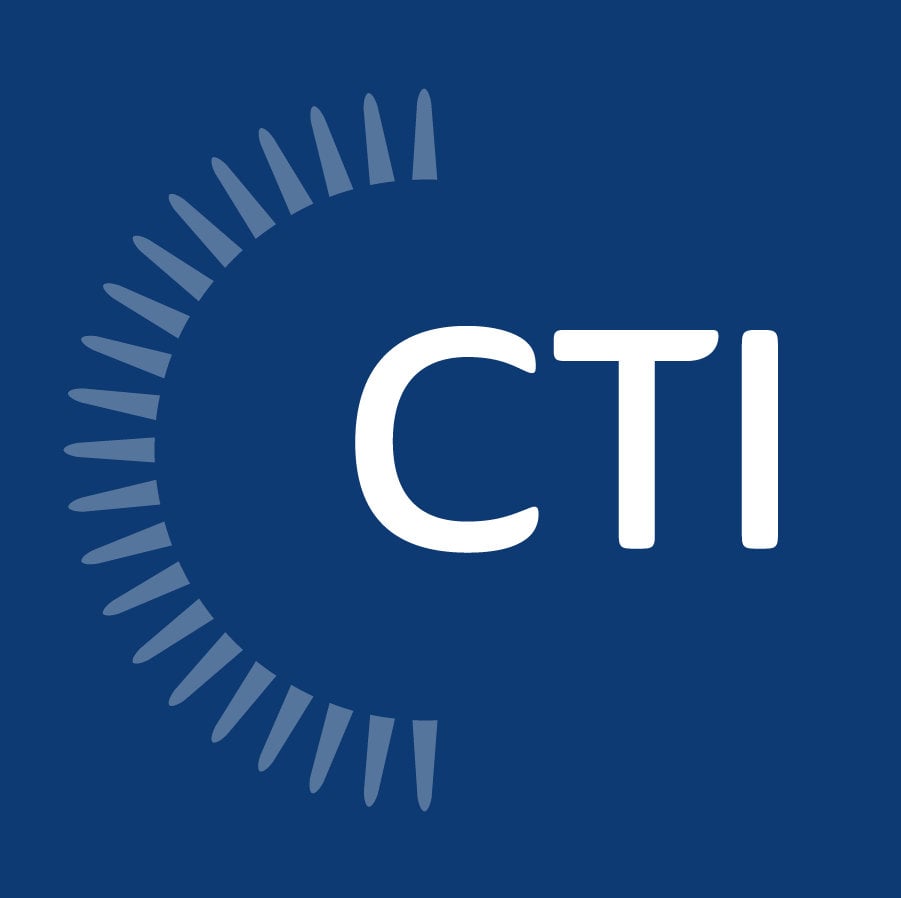 “Quality is free, but only to those who pay for it.”
“Quality is free, but only to those who pay for it.”
~ Tom DeMarco and Timothy Lister
In their book Peopleware: Productive Projects and Teams, the authors proffered this thought in the chapter discussing quality issues. The notion behind this quote suggests that the pursuance of product quality isn’t free; more of a ‘you get what you pay for.’ The more you invest in quality assurance and quality control activities – such as testing - the higher the quality of product you will deliver.
Essentially, quality costs money. And the construction industry knows this well. Among the many strategies that builders use to pursue quality standards is construction material testing.
And according to recent reports, they aren’t shying away from the cost. In 2018, sales of construction material testing equipment overshot 1 million units – or $2.5 billion.1 And an FMI study envisions those figures to elevate by 4.9 percent.
Test for the Best
Material testing acts as a primary support beam in a project’s quality assurance agenda. It helps engineers and builders discover potential resource issues before committing them to a project.
Additionally, it verifies that the building and materials meet quality benchmarks and comply with regulations. Through authenticating quality, testing also contributes to the longevity of a structure and reduces future repair and maintenance expenses.
Almost any type of building components that compose the structure can fall under the materials testing: roof, steel, woodwork, epoxy and doweling, insulation, masonry, fire-resistive materials, and local terrain attributes, such as soil quality and composition.
Turning the Lights On
Of course, frequent and thorough testing comes with a price tag. To help ease the cost of construction material testing, construction firms can take advantage of the IRS research and development tax credit known as the Federal Credit for Increasing Research Activities – or simply, the R&D tax credit.
Construction Tax Credits: Can You Claim It? Yes, You Can!
This incentive dispatches a dollar-for-dollar reduction in a company’s federal tax liability when the firm conducts activities associated with developing new or improving processes, products, or techniques.
Construction material testing is one such eligible activity. The money the builder recovers can then be reinvested back into the company where it’s needed most.
Hammering It Home
In the construction industry, quality is critical…and so is leveraging every advantage to pad a company’s bottom line and restore revenue. R&D tax credits deliver formidable support and savings to drive a firm’s future endeavors.
Consulting a tax professional helps cement a firm’s ability to capture the maximum available credits and verify that all relevant information and documentation is handled appropriately.
1. Construction Material Testing Equipment Market expected to Witness a Sustainable Growth over 2018-2028, TechDadz, May 2019



